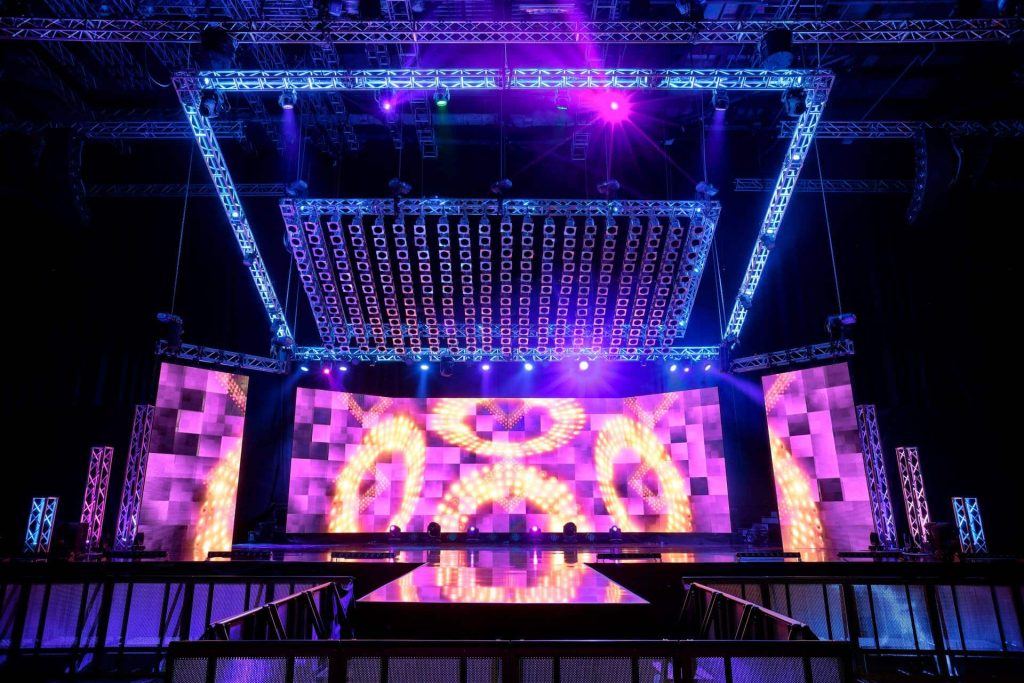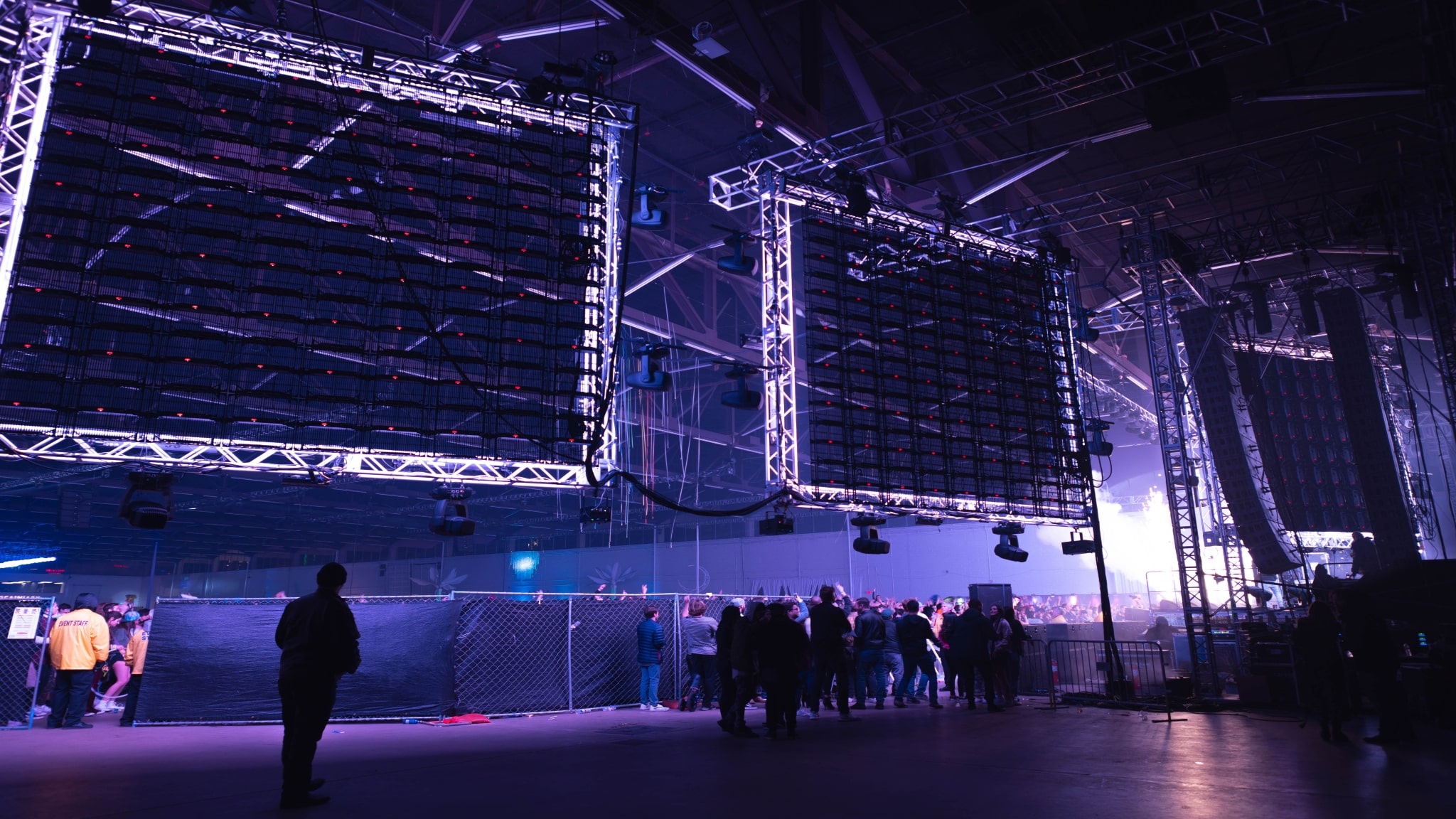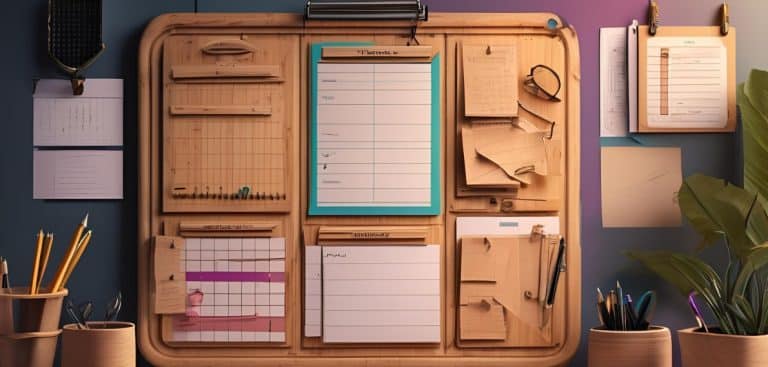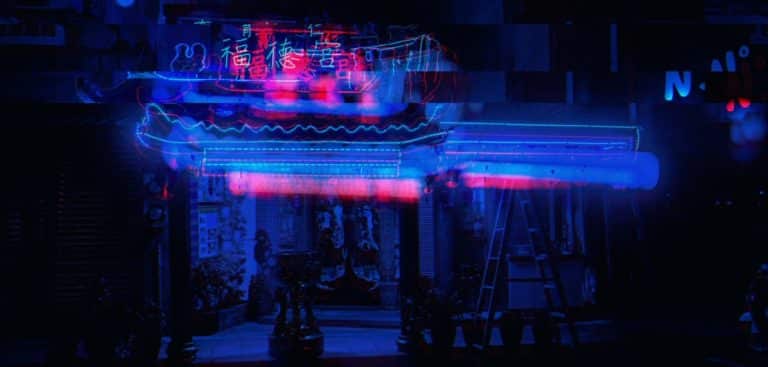Promotion can often be a driving concern for promoters to assure a successful event – thus being called “promoters” in the first place. However, it is essential that every promoter is also a producer as well, which is a completely different, but essential skill set.
Key to the production side, whether it comes to preparing the stage before a concert or festival, is that event organizers understand all the key elements that come together to ensure a well-executed stage show. One has to make sure that the stage equipment, lighting, markers, and more are planned and set to avoid any mishaps. Key personnel must be in place overseeing each responsibility, and cutting corners can ultimately be costly production-wise. It may be overwhelming at times to manage, but having the right team, the correct plan, and a clear checklist will ensure you have a successful event.
As with many things that concern event planning, preparation is the key to ensuring that the stage setup runs smoothly and supports the performing artists on the day of the event. By the end of this blog, you’ll be able to set up a stage with confidence in seven easy steps.
1. Build and prepare your stage and tech teams
Relying on a point person or team is a great way to ensure that specific tasks are getting done and finished accurately. When it comes to preparing your stage, building teams that are responsible for specific aspects of stage prep such as lighting and tech keeps things organized and reduces misinformation. Consider forming a stage team, lighting team, sounds team, and backstage team, to name a few, to be in charge of their respective tasks for stage set-up. They can concentrate on efficiently preparing their designated tasks which makes things cleaner and easier to handle. Then, as the event day approaches, it will be much easier to communicate, come together, and synchronize everyone’s work.
Here is a list of some of the key personnel involved in a concert production:
- Production Manager: The person responsible for overseeing all aspects of the production, including scheduling, budgeting, and coordinating the work of other personnel.
- Stage Manager: The person responsible for coordinating the setup and execution of all elements on stage, including lighting, sound, and special effects.
- Technical Director: The person responsible for overseeing the technical aspects of the production, including lighting, sound, and special effects.
- Lighting Designer: The person responsible for creating and executing the lighting design for the concert.
- Sound Engineer: The person responsible for mixing and controlling the sound for the concert, including sound reinforcement and monitoring for the performers.
- Video Director: The person responsible for overseeing the video elements of the production, including video playback and live video feeds.
- Backline Technician: The person responsible for setting up and maintaining the musical instruments and equipment used by the performers.
- Wardrobe and Makeup: The people responsible for the performers’ appearance, including wardrobe, hair, and makeup.
- Riggers: The people responsible for setting up and maintaining the rigging system, including trusses, cables, and motors, to support lights, sound, and other equipment.
2. Run soundchecks and note any problems that need to be resolved
Running soundchecks before an event is essential in order to figure out and resolve any issues with sound tech, lighting, and stage set-up. During soundchecks, your teams (sound engineer, lighting designer, riggers, etc.) go through a basic run-through of all the technical aspects of your event. Take this time to be meticulous about every part of your event, checking up on your artists, and figuring out any last-minute issues that need to be taken care of. This is the last stage, the last rehearsal, before your event so pay attention to every detail, take note, and plan for solutions to bring the physical stage smoothly together.
3. Make sure your sound systems, lighting, and equipment is prepared and running smoothly
This next step expands on the former. Because it is so important to the success of your event, make sure you pay special attention to the way the sound systems, lighting, stage equipment, and backstage equipment is being run. Now is a great time to physically see how the stage is playing out in real-time. You are able to clue in on how things are run and resolve any issues that may be affecting how smoothly the stage functions. Check with the tech team and establish networks of communication in order to keep all teams updated and synchronized on what needs to be done and fixed before event day.

4. Consider the stage from the perspective of your audience
One thing that you have to remember about your stage is that you’re setting it up from the perspective of your audience so they can enjoy the artists and their performances. Every step you take is informed by how the stage set-up will look from the audience’s seats. You have to imagine what the eventgoers will expect and want to see at the event. As stage and tech people, you’re creating a physical aspect of the event that the attendees are purchasing tickets to see. The stage and the artists will be the main focus of the night so make sure your stage is set up to visually satisfy and stimulate the attendees.
5. Communicate with artists and performers
Since you’re creating a stage for your artists to perform on, you want to check in with them and get their opinions and input. They are the performers on the stage so they know what works for them to pull off a stunning performance. Work together with the artists and performers to maximize the way the stage is set up. For example, if the event is being live-streamed, communicate with the artists to know their game plan. Be aware if there are going to be backup dancers, unique props, and stage equipment in order to neatly incorporate those elements into the event stage.
6. Set up your backstage area
You also want to prepare your backstage area for the artists to prepare for the next performance and relax and recalibrate between sets. Set up security, a snack area, restrooms, and a green room for your artists and staff to work and prepare for the next part of the event. Additionally, consider creating a backstage team to manage what is going on so there won’t be any confusion or accidents. It’s also easier and more efficient when you have a point person to communicate with if there are any last-minute changes that need to be addressed.
7. Check your list twice
Down to the last minute before your event goes live, you want to make sure everything is ready to go and in position. Create a checklist and check your list twice! Go over the main game plan with your team and crew in order to ensure the stage runs smoothly without any mishaps. The key to a successful stage is being meticulous about everything that goes into setting up the stage and making sure everything goes to plan. Make sure your respective teams like security, backstage crew, camera crew, sound tech, lighting tech, etc. know and understand the plan in order to create a successful event stage.
Your event stage is the main attraction of the night. By following these seven easy steps, you’ll be able to prepare, manage, and produce an amazing stage for any event. Make sure you form your stage teams, establish communication with teams and artists, run soundchecks and rehearsals to identify issues, set up your backstage area, and always go over things twice. Be meticulous in order to ensure that your stage will be perfect so your eventgoers will enjoy it and the performance.
Maximize the number of people attending your events and sell 20% more tickets than normal by setting your event up with Ticket Fairy.



